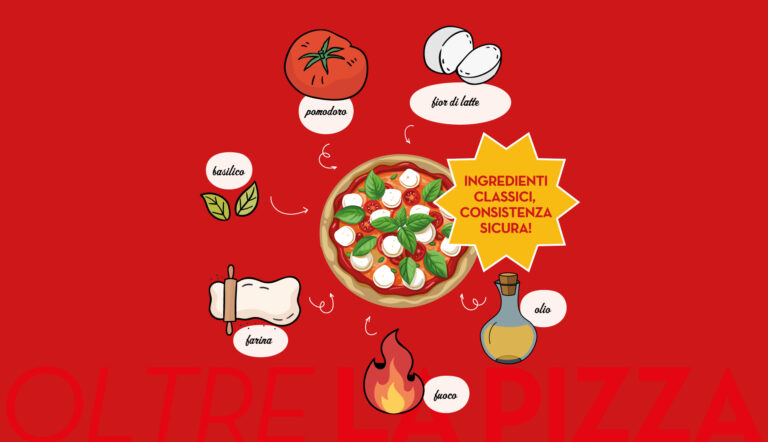Perfectly smooth foods, drinks thickened to the right consistency, correct posture when swallowing, and more. There are also some valuable tips for improving the life of someone with dysphagia.
Here are 5 practical tips that can help improve the life of a patient with dysphagia:
- Correct position during meals
Posture is essential for proper swallowing. The ideal position is sitting, with the patient having support for their forearms and feet flat on the floor. For bedridden patients, it is advisable to raise the trunk with the aid of pillows. - A quiet and comfortable environment
The environment in which the meal is eaten plays an important role. Choosing a quiet, peaceful, and well-lit place helps the patient focus on swallowing and reduces stress. - Eat calmly and carefully
Rushing is the enemy of swallowing. It is important to chew each bite thoroughly and swallow calmly, without distractions. Meals should not exceed 45 minutes to avoid fatigue and loss of concentration. - Maintain your posture throughout the meal
Once you have found the correct position, it is important to maintain it throughout the meal. Even small movements of the head or hands can hinder swallowing. - Oral hygiene after meals
After the meal, it is important to keep the patient in the same position for about 15 minutes. Then, proceed with thorough oral hygiene to remove any food residue from the oral cavity and prevent the risk of aspiration.
These are just a few practical tips that can help improve the life of a dysphagic patient. It is important to remember that each case is unique and that the nutritional plan must be tailored to the specific needs of the patient.






